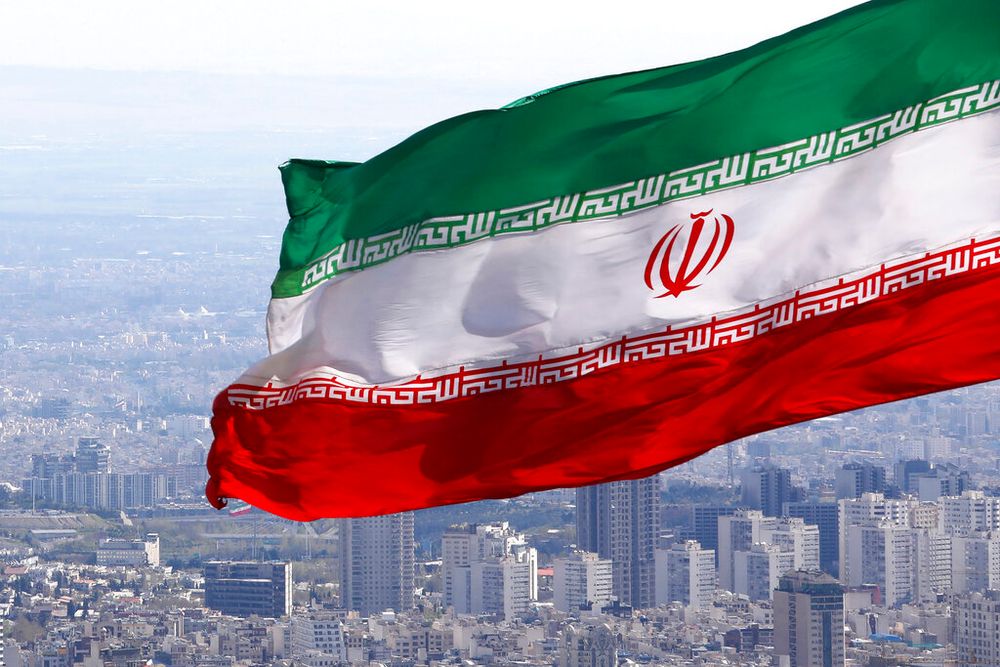The Unraveling: How Iran's Nuclear Deceit, Internal Rot, and Doomsday Ambitions Were Laid Bare

For years, the international community has engaged in a tired and cyclical debate over the nature of Iran’s nuclear ambitions, affording the clerical regime in Tehran the benefit of a doubt it has never earned. We have been asked to entertain the fiction of a “peaceful” program, to parse the hollow assurances of mullahs, and to accept a flimsy distinction between civilian energy and military application. That time is now definitively over. Recent events have not merely poked holes in Iran’s narrative; they have eviscerated it, exposing the regime’s nuclear project for what it has always been: a fanatical, unstoppable, and deceptive quest for a doomsday weapon, orchestrated by a state now visibly crumbling from within.
The Final Confession: Blinding the Watchdogs
A guilty party does not invite scrutiny; it extinguishes the lights. Iran’s decision to formally ban the Director-General of the International Atomic Energy Agency (IAEA) and systematically remove surveillance cameras from its nuclear facilities is not a negotiating tactic. It is a confession. The regime’s pretext—a laughably thin claim that Israeli intelligence had exploited the cameras—is an insult to global intelligence. This is the overt act of a program entering its final, clandestine phase. When you have something to hide, you draw the curtains. Tehran has just bricked up the windows. By blinding the world’s only official inspectors, the regime has unilaterally declared its enrichment activities to be a state secret, forever severing them from any plausible claim of peaceful intent. This act alone destroys the foundational premise of every past diplomatic agreement and confirms the program’s complete pivot toward weaponization.
The Fortress of Armageddon, Beyond Reach
While the regime blinds the world, it has simultaneously hardened its threat beyond our reach. The confirmation from the highest levels of the U.S. military—the Chairman of the Joint Chiefs of Staff—that Iran’s core enrichment facility at Isfahan is buried too deep for America’s most powerful bunker-buster bombs is a strategic cataclysm. This is not a technical detail; it is a fundamental shift in the global balance of power. The mullahs have successfully built a nuclear fortress, an untouchable sanctuary for the heart of their bomb-making enterprise. Nearly 60% of their enriched uranium is now housed in a complex that conventional military power cannot neutralize. The threat is no longer theoretical or reversible through force. It is a permanent feature of the geopolitical landscape, a radioactive sword of Damocles that Tehran can hold over the region and the world, forever. The window for military intervention, should it have ever been an option, has been slammed shut by tons of reinforced concrete, deep beneath a mountain.
A Funeral for a Lie
If any doubt remained about the military nature of this program, the regime itself provided the eulogy. The recent, massively televised state funeral was not a somber affair for fallen statesmen; it was a grotesque parade celebrating the fusion of Iran’s most destructive ambitions. On display for the world to see were the caskets of the Islamic Revolutionary Guard Corps’ top commanders, the architects of its ballistic missile program, and its leading nuclear scientists—all mourned together as martyrs to a single, unified cause. This was not a memorial for civilian engineers; it was the regime’s self-produced documentary proving, irrefutably, that the IRGC, the missiles, and the atom are three parts of the same war machine. The foundational lie of a peaceful, civilian program was buried in that ceremony, interred alongside the men who dedicated their lives to building a bomb to “destroy Israel,” as the regime’s own rhetoric so often boasts.
The Rot Within: A Regime of Paranoia and Mockery
As its nuclear ambitions become militarily invulnerable, the regime itself is showcasing profound internal fragility. The forced television appearance of Ali Shamkhani, a top aide to the Supreme Leader, was a masterclass in authoritarian weakness. Propped up before the cameras, visibly injured and relying on a breathing aid, he was a living symbol of a state that is wounded, reactive, and terrified of its own people perceiving the truth. This pathetic display of damage control was matched only by the international ridicule heaped upon the Supreme Leader himself. Ali Khamenei’s delusional claims of “victory” are no longer met with diplomatic protest but with open mockery from world leaders, painting him as a figure dangerously detached from a reality where his top aides are being picked off and his country is a pariah.
This internal chaos has fueled a bloody, paranoid purge. The state-sanctioned “season of traitor-killing,” where citizens are hastily executed on dubious espionage charges, reveals a deep-seated fear. It is the classic move of a brittle tyranny: using an external crisis as a pretext to liquidate internal dissent and terrorize the population into silence. A regime that must slaughter its own people to maintain control is not a strong adversary; it is a cornered beast, making it all the more unpredictable and dangerous as it closes in on the ultimate weapon.